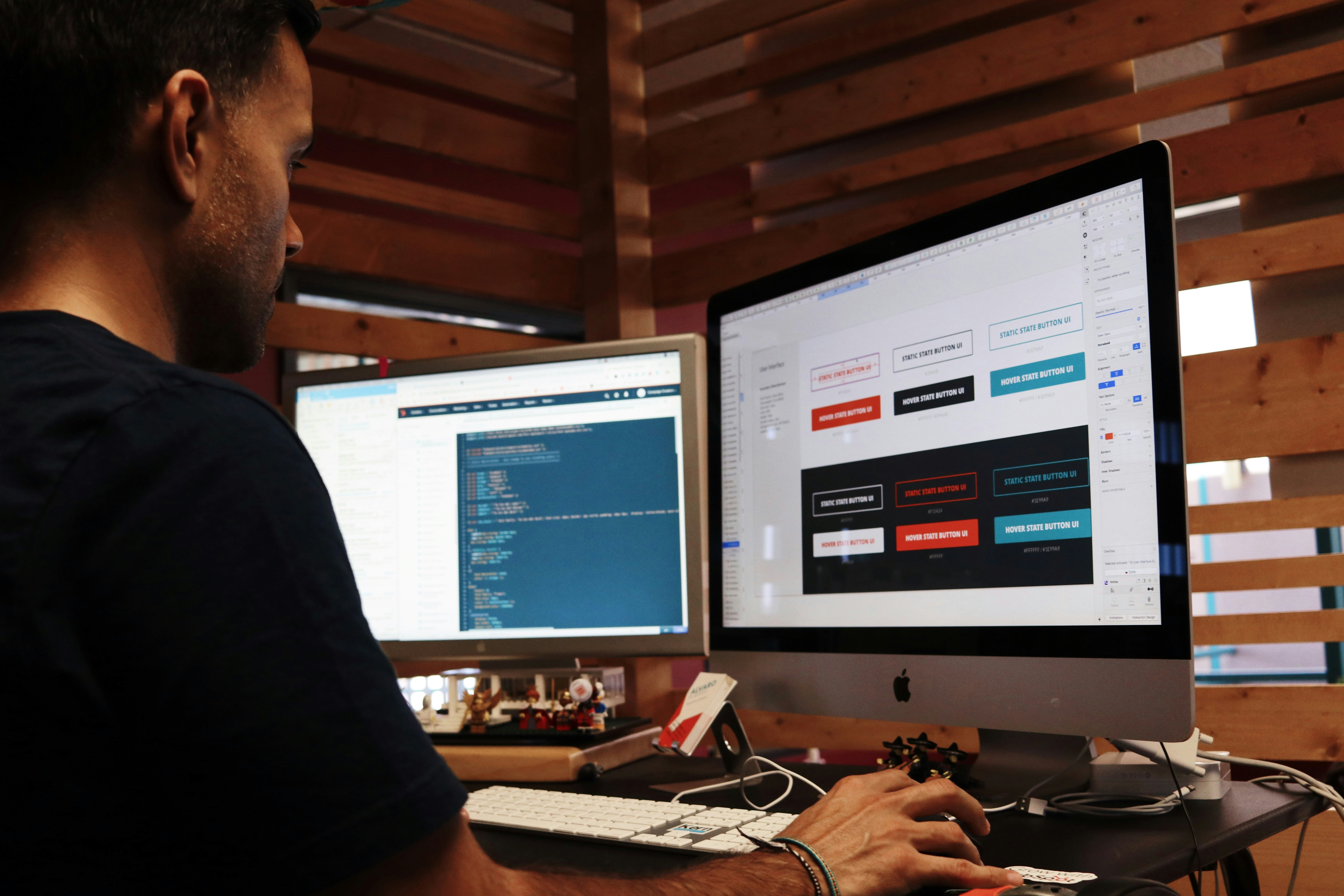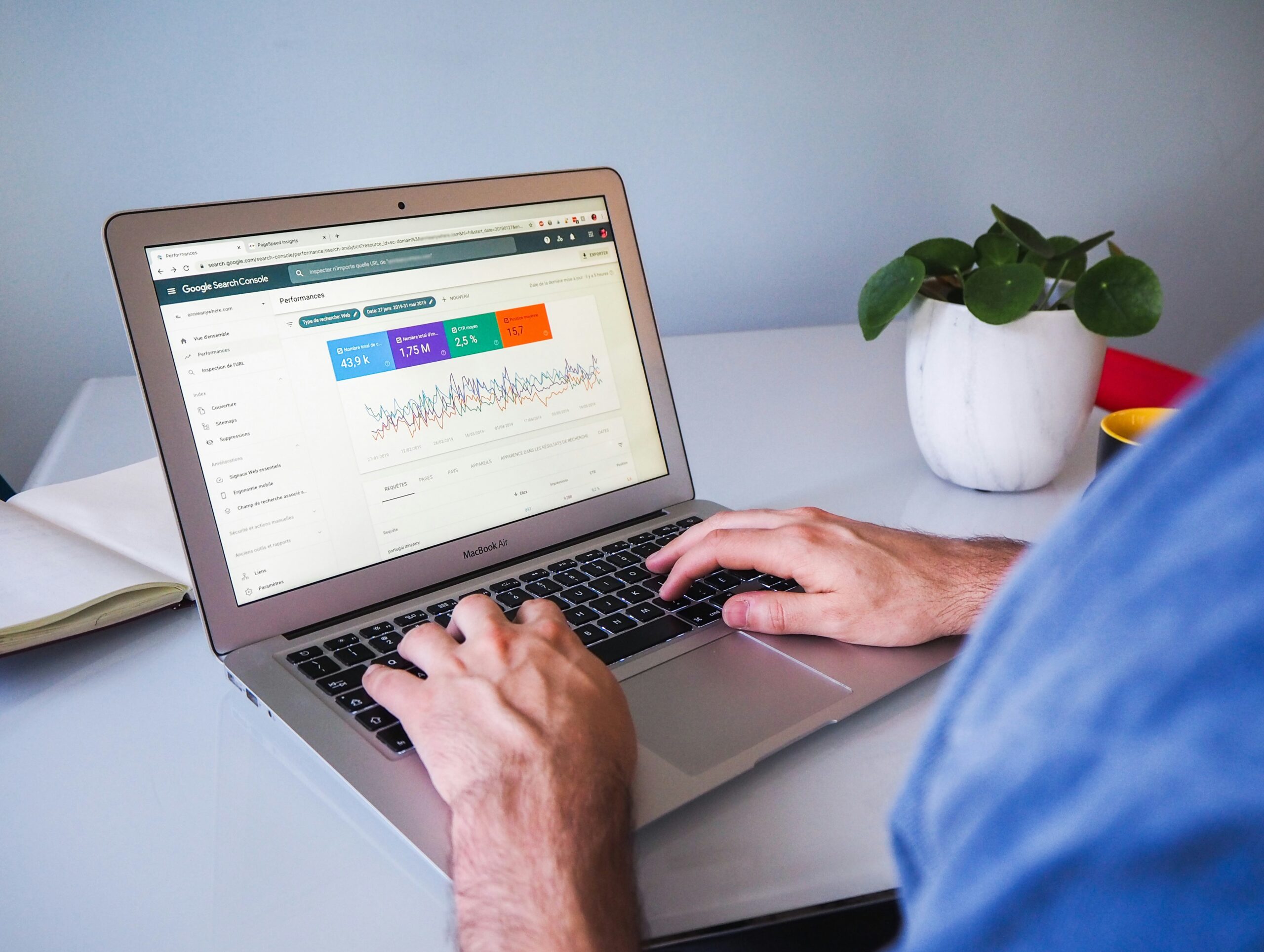Many businesses struggle to understand the best way to improve their online visibility. Traditional SEO techniques often emphasize keyword optimization and backlinks, but web SEO design integrates these elements directly into the website’s structure. This article will explore web design SEO services, compare them to traditional SEO methods, and highlight the numerous benefits businesses can gain from using a dedicated SEO website design company. By addressing common challenges and looking at future trends, this content aims to equip readers with practical strategies to enhance their website design and SEO packages, ultimately driving better results.
Key Takeaways
- web design and SEO integration enhance user experience and search engine visibility
- mobile responsiveness is essential for improving site performance on various devices
- fast loading times reduce bounce rates and increase user engagement
- effective site structure helps search engines index content efficiently for better rankings
- aligning design with SEO strategies results in improved visibility and conversion rates
Define Web Design SEO Services

Web design SEO services combine the principles of website design and search engine optimization to create effective seo web page design. Key components include site architecture, mobile responsiveness, and optimized images. These factors enhance user experience, making it easier for visitors to navigate while improving search engine rankings. Understanding these elements will highlight the benefits of integrating website design and SEO services.
Explain the Concept of SEO Integrated Into Web Design
Integrating SEO into website design means making design choices that help improve search engine rankings and user experience. By focusing on elements like responsive layouts, fast loading times, and optimized images, seo website designers create sites that not only look appealing but also rank well in search results. A website design & seo company works to blend both areas, ensuring that businesses searching for “website design and seo near me” have their sites fully optimized for better visibility and performance.
Highlight Key Components of Web Design SEO Services
Key components of web design SEO services include mobile responsiveness, site architecture, and optimized images. Mobile responsiveness ensures that websites function well on any device, improving user experience and reducing bounce rates. Well-structured site architecture makes navigation easier for visitors, while optimized images enhance load times, both of which contribute to better search engine rankings and overall visibility for businesses.
Discuss the Significance of User Experience in Web Design SEO
User experience plays a crucial role in web design SEO services, as it directly influences how visitors interact with a website. When a site is easy to navigate, visually appealing, and performs well across all devices, users are more likely to stay longer and engage with the content. This positive interaction not only improves rankings but also helps businesses better connect with their audience.
- Importance of user experience in web design SEO
- How navigation and layout affect user engagement
- Connection between user experience and search engine rankings
Explore the Importance of Web Design for SEO

Website structure significantly impacts search engine rankings by influencing how search engines crawl and index content. Mobile responsiveness is vital for SEO performance, as more users access sites via mobile devices. Additionally, page load speed affects user engagement and search rankings, making it essential for businesses to prioritize these elements for optimal results. Each of these topics highlights key aspects of web design that enhance search visibility and user interaction.
Detail How Website Structure Affects Search Engine Rankings
The structure of a website is critical in determining how well search engines understand and rank its content. A clear and organized layout helps search engines find and index pages more efficiently, which can lead to improved search rankings. When designing a website, focusing on elements like URL structure, internal linking, and XML sitemaps ensures that search engines can navigate the site effectively, all of which are crucial for optimizing visibility in search results:
Emphasize the Role of Mobile Responsiveness in SEO Performance
Mobile responsiveness plays a key role in SEO performance because it ensures websites work well on various devices, particularly smartphones. Search engines prioritize sites that provide a good user experience, including quick loading times and easy navigation on mobile devices. Businesses that optimize for mobile can enhance their visibility in search results, ultimately attracting more visitors and increasing engagement.
- Mobile responsiveness impacts search engine rankings.
- Sites need to function well on smartphones to meet user expectations.
- Optimizing for mobile leads to better visibility and engagement.
Analyze the Impact of Page Load Speed on User Engagement and Rankings
Page load speed is a critical factor that influences user engagement and search engine rankings. When a website loads quickly, visitors are more likely to stay and explore, reducing bounce rates and increasing interaction with the content. In contrast, slow-loading sites can frustrate users, leading them to leave, which negatively impacts rankings in search results.
- Fast loading times encourage users to stay on the site longer.
- High bounce rates can harm search engine rankings.
- Optimizing page speed enhances overall user satisfaction.
Compare Web Design SEO Services and Traditional SEO Techniques

Web design SEO services emphasize a blend of aesthetic appeal and technical optimization, while traditional on-page SEO focuses primarily on elements like keyword usage and content structure. Content integration is crucial in both methods, ensuring that websites provide relevant information for users. Evaluating web design SEO’s effectiveness within a digital marketing strategy reveals its potential to improve visibility and user engagement significantly.
Highlight Differences in Focus Between Web Design and Traditional On-Page SEO
Web design SEO services focus on creating visually appealing websites that are also optimized for search engines. This approach combines technical elements, such as mobile responsiveness and page load speed, with aesthetic aspects like layout and color schemes. In contrast, traditional on-page SEO emphasizes content, keyword placement, and meta tags, often overlooking the importance of user experience in website design. By integrating both elements, businesses can enhance their online visibility and attract more visitors:
- Web design SEO services prioritize user experience and aesthetics.
- Traditional SEO techniques focus largely on content and keyword optimization.
- Combining both strategies leads to improved search rankings and user engagement.
Address How Content Integration Plays a Role in Both Approaches
Content integration is essential in both web design SEO services and traditional SEO techniques. By blending valuable information with technical elements, businesses can create websites that attract visitors and perform well in search rankings. For instance, using relevant keywords within engaging content while ensuring a responsive layout helps improve user experience and SEO effectiveness:
- Content must be relevant and well-structured for both approaches.
- Keywords enhance searchability in web design and traditional SEO.
- User engagement increases when content resonates with the audience.
Evaluate the Effectiveness of Web Design SEO in a Digital Marketing Strategy
Web design SEO services contribute significantly to a digital marketing strategy by ensuring that websites are both visually appealing and optimized for search engines. These services help create user-friendly experiences that can lead to longer site visits and improved engagement, ultimately driving more traffic. In contrast to traditional SEO techniques, which may focus heavily on keyword usage and content structure, web design SEO addresses the holistic performance of a website, thus enhancing its overall effectiveness in attracting and retaining visitors:
- Web design SEO improves user experience.
- Combines aesthetics with technical optimization.
- Enhances visibility and engagement in digital marketing.
Examine the Benefits of Web Design SEO Services

Web design SEO services significantly enhance conversion rates by creating user-friendly and visually appealing websites. Optimized design leads to improved visibility, making it easier for businesses to attract visitors. Case studies highlight successful outcomes when integrating design with SEO strategies, demonstrating the real-world advantages that effective web design brings to online performance.
Illustrate How Web Design Can Improve Conversion Rates
Web design plays a crucial role in improving conversion rates by creating a seamless user experience. A well-structured layout, prominent call-to-action buttons, and visually appealing elements encourage visitors to engage further with the website. By focusing on these design aspects alongside effective SEO strategies, businesses can turn potential customers into loyal clients, maximizing their online presence and revenue.
Discuss the Advantages of Enhanced Visibility Through Optimized Design
The optimized design significantly boosts visibility by making websites more attractive and easier to navigate. When businesses focus on creating a user-friendly layout, they not only engage visitors but also meet search engine criteria, leading to better rankings. This approach ensures that users quickly find the information they need, increasing the chances of conversion.
- Optimized designs enhance aesthetic appeal.
- User-friendly layouts improve navigation.
- Better visibility leads to increased engagement and conversions.
Present Case Studies Showing Success Stories of Web Design SEO
Case studies demonstrate the effectiveness of web design SEO services in boosting online performance. For example, a local retail business implemented a new website design focused on user experience and mobile responsiveness. As a result, they saw a 40% increase in website traffic and a 25% rise in sales within three months, illustrating how optimized design directly contributes to better visibility and customer engagement.
Identify Common Challenges in Web Design SEO

Common challenges in web design SEO often arise from using template-based designs, which may limit customization for SEO needs. Ongoing maintenance and updates are essential to keep websites performing well. Additionally, aligning design objectives with SEO best practices can be difficult. Each of these topics offers insights into how businesses can overcome these hurdles to enhance their online presence.
Point Out Potential Issues With Template-Based Designs and SEO
Template-based designs can pose several challenges for SEO efforts. These pre-made layouts often limit customization, making it harder for businesses to implement specific SEO strategies. For example, issues may arise with URL structures and mobile optimization, which are crucial for achieving good search engine rankings. Additionally, templates might not be fully responsive on all devices, impacting user experience and engagement:
- Limited customization for SEO needs
- Impact on URL structures and mobile optimization
- Potential responsiveness issues across devices
Discuss the Importance of Ongoing Maintenance and Updates
Ongoing maintenance and updates are crucial for ensuring that web design SEO services remain effective over time. Regularly refreshing website content, fixing broken links, and updating SEO tactics help maintain a strong search engine presence. Businesses that prioritize these updates can better adapt to changing algorithms and user expectations, ultimately leading to improved visibility and user engagement.
Address the Challenges of Aligning Design With SEO Best Practices
Aligning design with SEO best practices can be challenging for many businesses. This often arises from conflicting priorities between making a site visually appealing and ensuring that it ranks well in search engines. Business owners must focus on integrating SEO strategies during the design process, balancing aesthetics with practical elements like page speed and mobile responsiveness to achieve desired online visibility and user experience:
- Balancing aesthetics and SEO
- Conflicting design priorities
- Importance of integrating SEO strategies during design
Conclusion
Web design SEO services prioritize user experience and technical optimization, striking a balance between visual appeal and search engine visibility. Unlike traditional SEO techniques that primarily focus on content and keyword placement, web design SEO integrates aesthetic elements to enhance engagement. This comprehensive approach results in improved rankings and increased traffic, proving essential for businesses aiming to thrive online. By embracing both design and SEO, companies can achieve a stronger online presence and ultimately drive growth.
